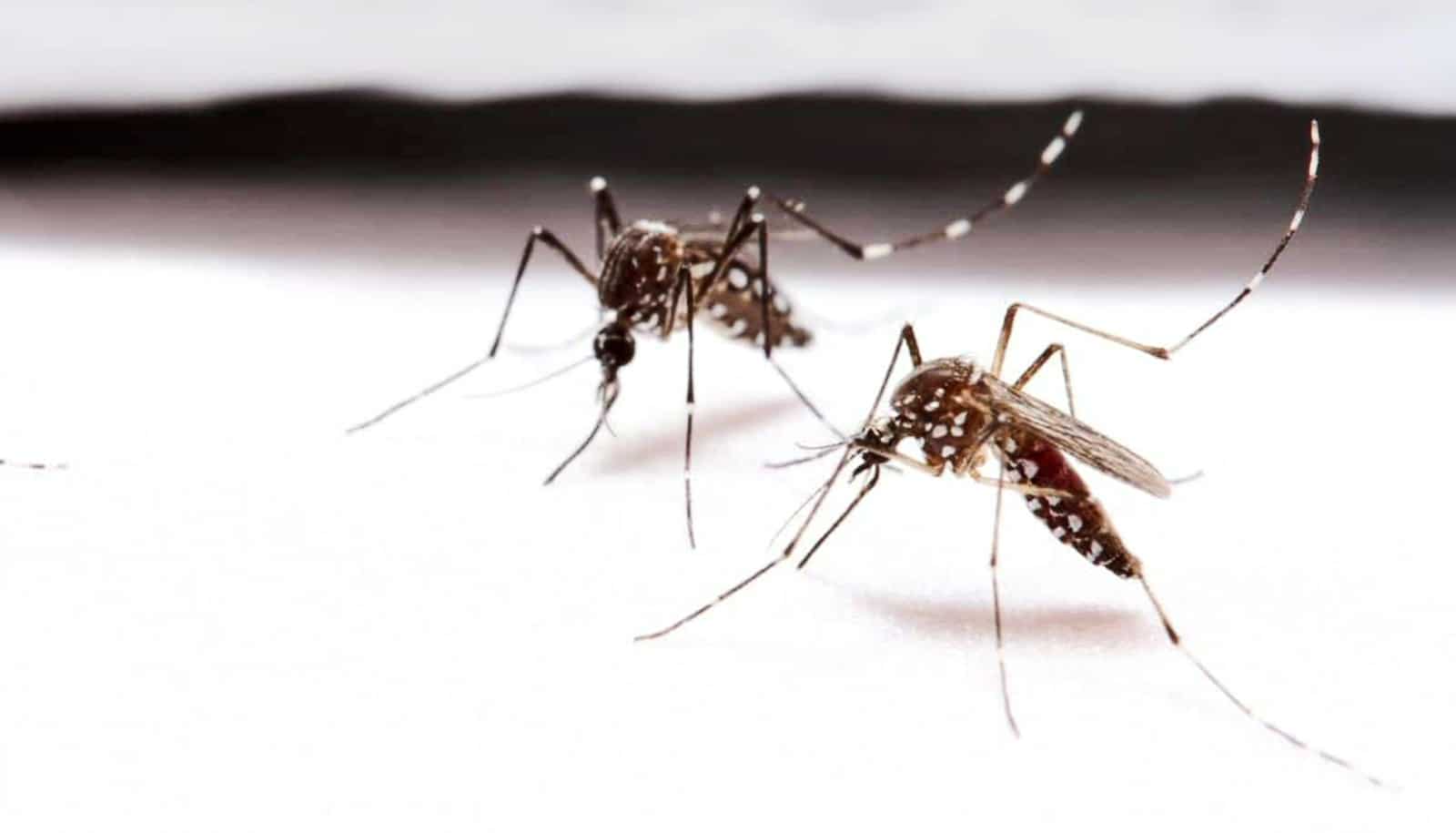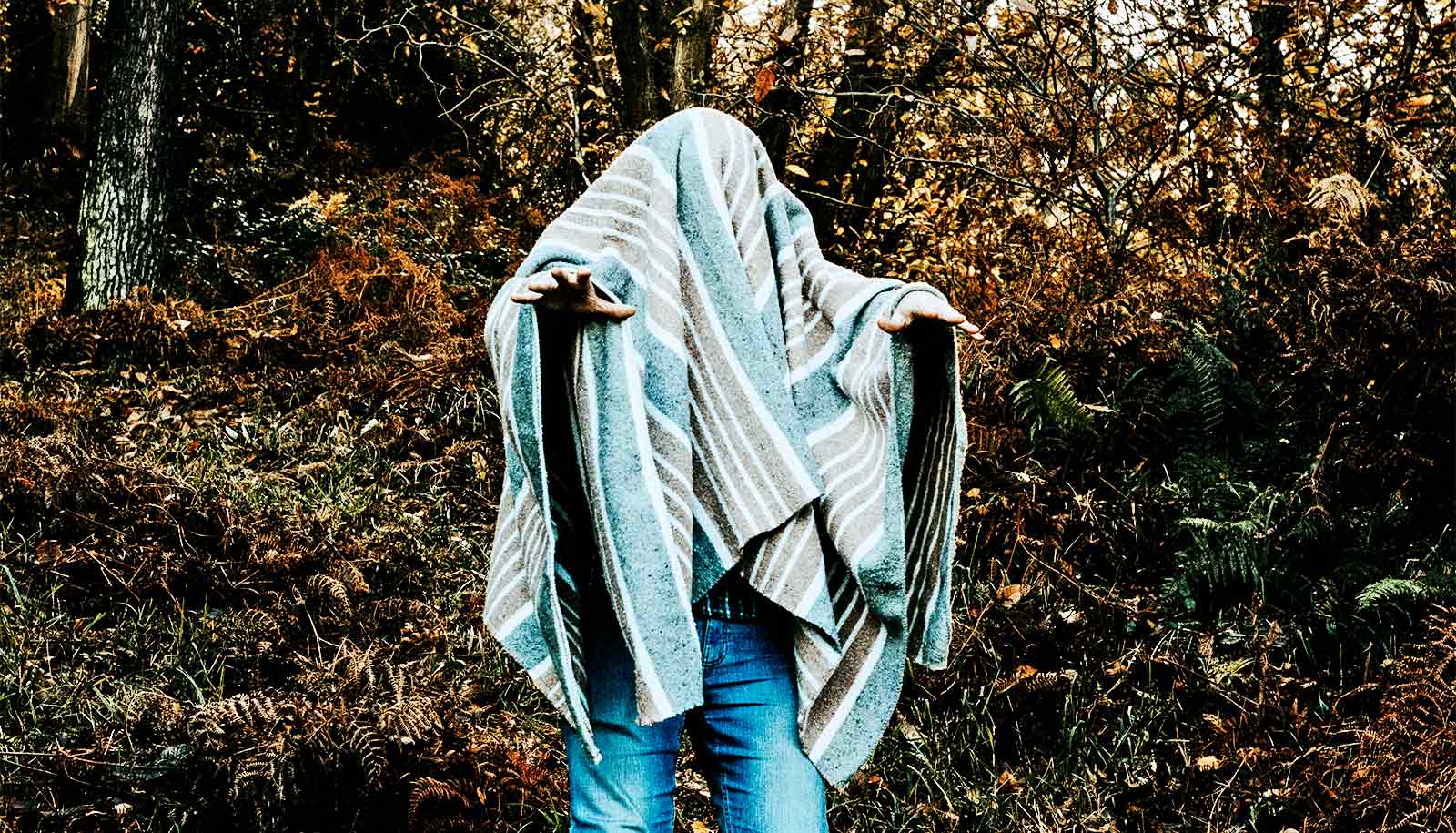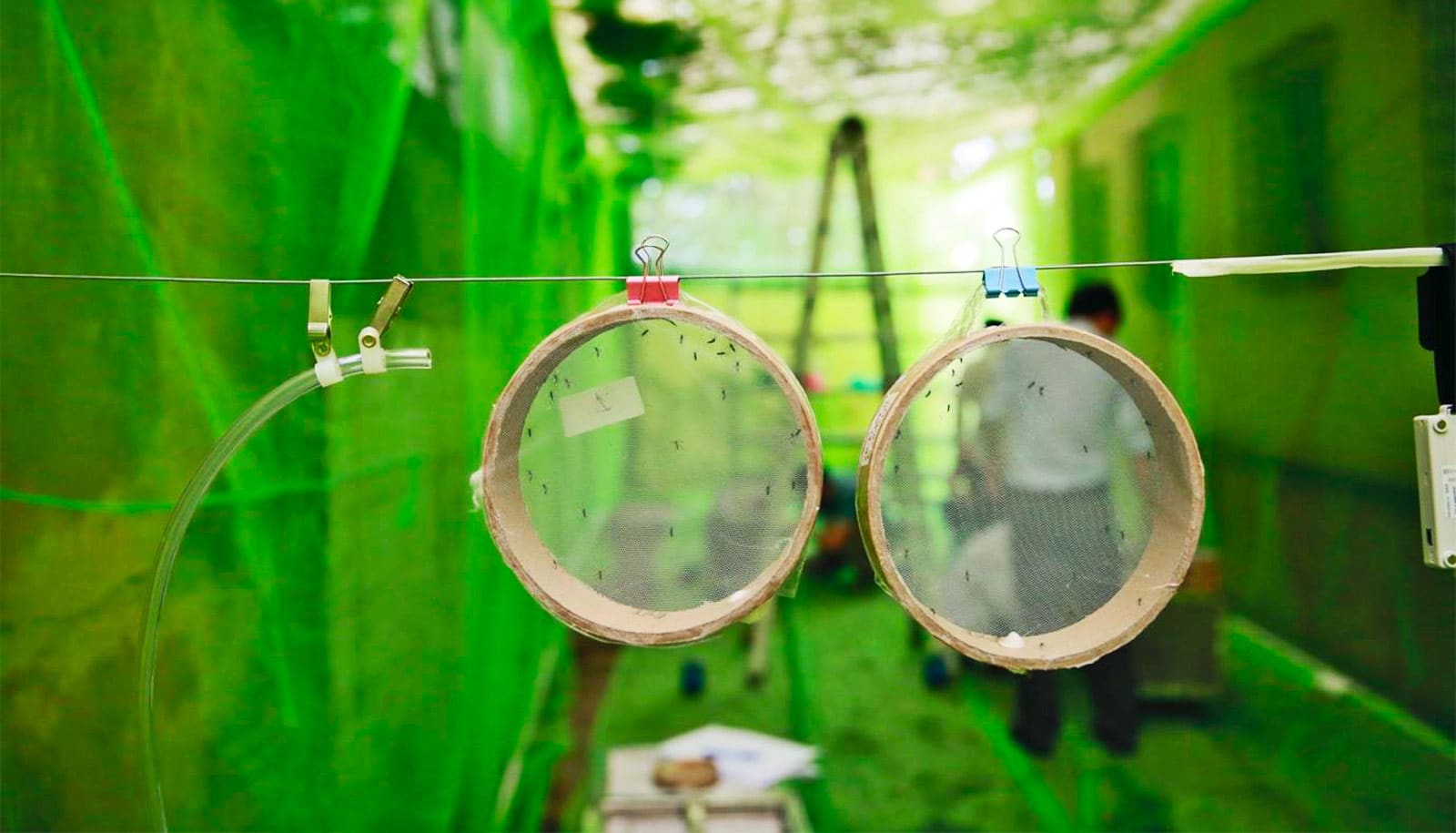New insecticide-free, mosquito-resistant clothing is made from materials researchers have confirmed to be bite-proof in experiments with live mosquitoes.
The researchers developed the materials using a computational model of their own design, which describes the biting behavior of Aedes aegypti, the mosquito that carries viruses that cause human diseases like Zika, Dengue fever, and yellow fever.
Ultimately, the researchers reported in the journal Insects that they were able to prevent 100% of bites when a volunteer wore their clothing—a base layer undergarment and a combat shirt initially designed for the military—in a cage with 200 live, disease-free mosquitoes.
The researchers think their computational model could be used more widely to develop clothing to reduce transmission of diseases.
“The fabric is proven to work—that’s the great thing we discovered,” says study coauthor Andre West, associate professor of fashion and textile design at North Carolina State University and director of Zeis Textiles Extension for Economic Development. “To me, that’s revolutionary. We found we can prevent the mosquito from pushing through the fabric, while others were thick enough to prevent it from reaching the skin.”
To develop the computational model to design textile materials that could prevent A. aegypti bites, researchers investigated the dimensions of the head, antenna, and mouth of A. aegypti, and the mechanics of how it bites. Then, they used the model to predict textile materials that would prevent bites, depending on their thickness and pore size. Researchers say they believe the materials could be effective against other mosquito species in addition to A. aegypti because of similarities in biology and biting behavior.
“There are different uses for clothing,” says first author Kun Luan, a postdoctoral research scholar of forest biomaterials. “The idea is to have a model that will cover all possible garments that a person would ever want.”
To test the accuracy of their model, the researchers tested the materials predicted to be bite-proof. In experiments with live, disease-free mosquitoes, the researchers surrounded a blood reservoir with plastic materials made according to parameters predicted by the model. They then counted how many mosquitoes became engorged with blood.
One material they initially tested was very thin—less than one millimeter thick—but had a very small pore size to prevent the mosquito from sticking its mouth parts, or proboscis, through the material. Another material had a medium pore size to prevent the mosquito from inserting its head through the textile far enough to reach the skin; and a third material had larger pores, but was sufficiently thick that the mosquito’s mouth still couldn’t reach the skin.
In a subsequent test, the researchers chose a series of knitted and woven fabrics that met the bite-proof parameters determined by the model, and validated they worked in experiments using both the blood reservoir and human volunteers.
The researchers tested the number of bites volunteers received when they inserted an arm covered by a protective sleeve into a mosquito cage. The researchers also compared the fabrics’ ability to prevent bites and repel mosquitoes to fabrics treated with an insecticide.
From what they learned in early experiments, researchers developed the bite-resistant, form-fitting undergarment made with a thin material, as well as a long-sleeved shirt, which was initially envisioned as a combat shirt for the military.
When a volunteer wore the garments sitting for 10 minutes and standing for 10 minutes in a walk-in cage with 200 hungry mosquitos, the combat shirt was 100% effective at preventing bites.
In the first trial testing the base layer, the volunteer received bites on the back and shoulders—seven bites for 200 mosquitoes. The researchers attributed the bites to the fabric stretching and deforming, so they doubled the material layer around the shoulders, and were ultimately able to prevent 100% of bites. They also tested the clothing for comfort, and to see how well it trapped heat and released moisture.
“The final garments that were produced were 100% bite-resistant,” says Michael Roe, professor of entomology. “Everyday clothing you wear in the summer is not bite-resistant to mosquitoes.
“Our work has shown that it doesn’t have to be that way. Clothes that you wear every day can be made bite-resistant. Ultimately, the idea is to have a model that will cover all possible garments that person would ever want—both for the military as well as for private use.”
Additional coauthors are from Aachen University in Germany and NC State.
The National Science Foundation, the Department of Defense Deployed War Fighter Program, Natick Contracting Division of the US Department of Defense, the Chancellor’s Innovation Fund at NC State, the Southeast Center for Agricultural Health and Injury Prevention, PILOTS, and the NC Agriculture Research Experiment Station.
Vector Textiles, an NC State startup company, has licensed the related patent rights and intends to make clothing for commercial sale in the United States.
Source: NC State



